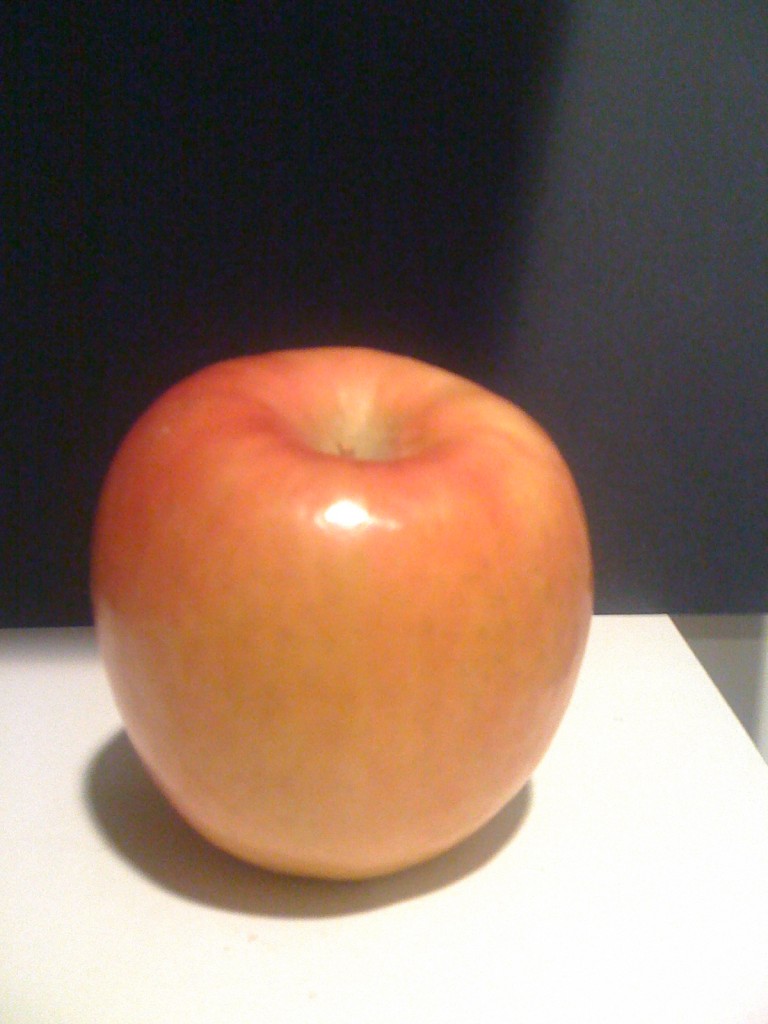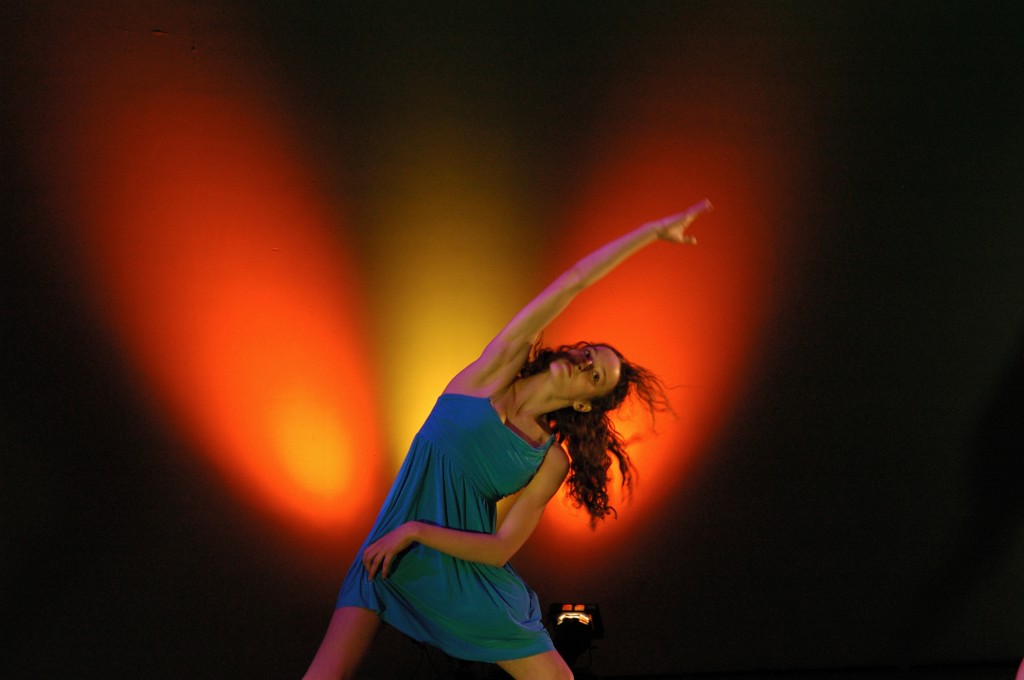by Diana Clanin, M.F.A., AT
 Dancers have such a love-hate relationship with food! Of course we need it: it gives us sustenance, repairs our over-worked bodies, and provides us with energy. And of course we enjoy it: it not only tastes good, but is part of every cultural and social life-occasion from birth to death. Yet, we are often afraid that it will make us – and I shudder to even write the word – fat. So we teeter between trying to be super vigilant about nutrition, and the fear of gaining weight. And the less food we eat, or the more we try to avoid eating, the more we focus on it. It’s an ongoing internal conflict.
Dancers have such a love-hate relationship with food! Of course we need it: it gives us sustenance, repairs our over-worked bodies, and provides us with energy. And of course we enjoy it: it not only tastes good, but is part of every cultural and social life-occasion from birth to death. Yet, we are often afraid that it will make us – and I shudder to even write the word – fat. So we teeter between trying to be super vigilant about nutrition, and the fear of gaining weight. And the less food we eat, or the more we try to avoid eating, the more we focus on it. It’s an ongoing internal conflict.
As The Stomach Growls
So why is this so hard? Seems like balancing food intake, good nutrition, and weight would be as straight forward as a tendu devant. But dancers have a unique challenge: how to get the optimal nutrition we need in the fewest possible calories.
To complicate matters further, between the print and broadcast medias, and our hyper-immersion in “smart” electronic communication gadgetry, we are on information overload. Sadly, very little of what passes for nutrition “news” is fact or evidence based. If you are increasingly confused about what to believe, you are not dancing solo. Much published nutritional advice or claims are dubious attempts to sell you some product, which may or may not perform as described. Influencing you to purchase a supplement or special “food” often means convincing you that you have some critical deficiency, or are needlessly suffering from a chronic lack of energy. It is fear-based marketing psychology and you are the target.
Keeping It Simple
So let’s start by laying down a few basic guidelines for making sane and healthy – and economical – choices:
1. Eat food as close to how Mother Nature packaged it as possible.
- Avoid pre-packaged food mixes (Bisquick, Hamburger Helper, etc.).
- Stick with whole grains: 100% whole grain cereals, breads, and pastas. If it is white, Don’t Bite! (In the grain department, that is.)
- And…if it came through the car window, is it really food?
2. Eat several small meals a day and include components from each of the macro-nutrient food groupings each time.
- This means be sure you have protein, fats, and carbohydrates in your selections each time you eat. Examples: yogurt and fruit with granola, or cheese and whole grain crackers with vegetable sticks.
- Try eating five or six small meals instead of three larger ones. This will give you more even, sustained energy and allow you to metabolize the food more efficiently.
- And yes, this DOES mean that you may have to do a little food research!! – to learn which foods fall into which the various macro-nutrient categories (i.e., is it a protein? A fat? A carbohydrate?). In general, for dancers trying to eat healthy / maintain weight, and get good nutrition for energy, these guidelines are recommended for daily intake:
+ Protein 12-15%
+ Fat 20-30%
+ Carbohydrates 55-60%
Speaking of carbs, it’s good to learn what are healthy carbs (called “complex carbs”, like fruits / veggies / bagels, breads and pastas made with whole grains) and what are not-so-healthy-carbs (called “simple carbs”, like sugars and white grain products).
IADMS – the International Association for Dance Medicine and Science – has an excellent fact sheet on Nutrition for Dancers under the “Resources” tab on the left side of the home page – if you aren’t that familiar yet with different foods and nutritional information, this can be a great start.
3. Eat a wide variety of foods. [Read more…]









